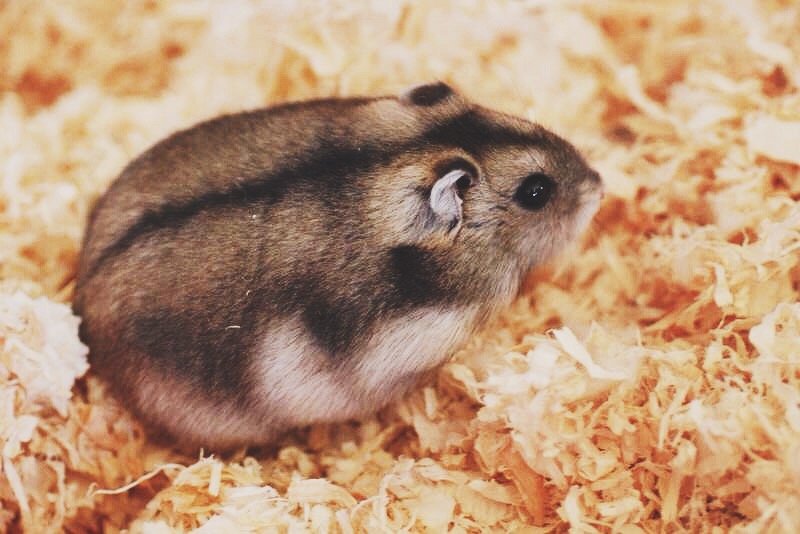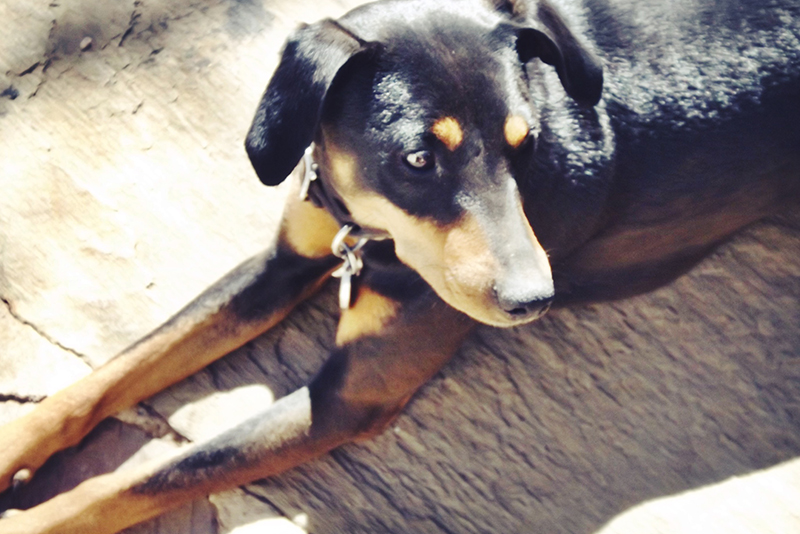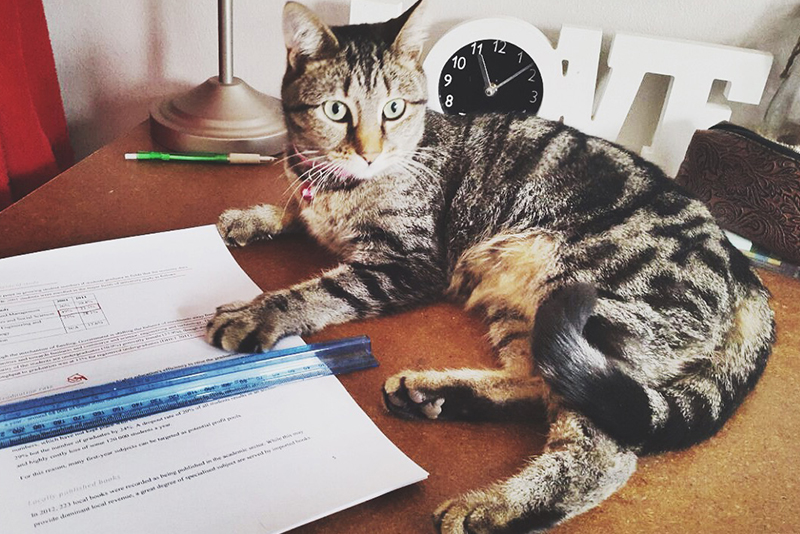Introduction:
Many times when we think about animals, we forget to take the ones living inside our own homes into account. Our pets, coined by Donna Haraway as the ‘companion spe cies’, are not only limited to quadrupeds, such as dogs, cats and horses, but also include insects, birds and reptiles. This blogpost seeks to briefly examine the relationship between humans and their pets using a photo-essay format, thus more graphically illustrating the effect that pets can have on humans, and vice versa. Four such narratives will briefly be explored in this blogpost.
Photo Essays:
Hammie

Last year, after moving into an apartment where we could no longer keep a dog, my brother Daniel decided to buy himself a hamster. Trying to get the name ‘Simba’ to stick didn’t work, so he quickly became simply ‘Hammie’. Perhaps not very original, but that didn’t stop the naughty lightly ball of fluff quickly wriggling his way into the entire family’s hearts. While one may think that a hamster won’t show much attachment to a person, Hammie clearly prefers receiving attention from Daniel. He would even climb directly into my brother’s hands solely for the purpose of playing and running around.
Everest

A name as noble as Everest, has never been more fitting to as noble a beast as my friend’s horse. Looking for a new horse after her previous one had passed away, my friend Laetitia, immediately fell in love with the imposing but beautiful form of the horse she would end up purchasing to take home with her to her family farm. Naming him Everest, a name I personally suggested, she quickly developed a strong bond between her and the horse. The horse is clearly as attached to her as Laetitia is to him. They spend time together every day, never missing an opportunity to be with each other.
Chewkie

Our first dog since coming back to South Africa after living overseas for four years, Chewkie had an unbreakable hold over our hearts. Being a mixed breed between too many things to count, she was a healthy, happy dog that seemed to be permanently smiling. She had a particular hold over my father, a man who doesn’t usually overflow with compassion towards animals. Chewkie loved to play the rascal, and my father loved to illicit this behaviour from her, lovingly teasing her to chaos. Rambunctious to the full, Chewkie loved us, as much as we all loved and still miss her.
Ellie

Two years old and elegant as ever, my good friend, Zahn’s cat Ellie, is spoiled to a life of love and luxury. While indulged every comfort a loved cat could ask for, Ellie is not above fighting Zahn for some of Zahn’s yoghurt in the morning. Zahn doesn’t really mind, it’s one of her perks in the morning. Some people may say that cats don’t really love their owners, but Zahn would beg to differ. She strongly believes that Ellie truly loves her, and one can see that in the way the cat behaves specifically around Zahn. This is a definite two-way love relationship.
Conclusion:
As can be seen in the above examples, pets have truly developed into our ‘companion species’. For many people, life without their trusted animals by their side is an impossibility to imagine. In the way that humans have taken animals into their homes, we have changed the way in which we interact with the domesticated side of nature.
References:
Shelton, D. 2001. Pioneer pets: the dogs of Territorial Tucson: a photo essay. The Journal of Arizona History 42(4):445-472.
Haraway, D. 2007. The Companion Species Manifesto: dogs, people, and significant otherness. Chicago: Prickly Paradigm Press.

One thought on “Companion Species”